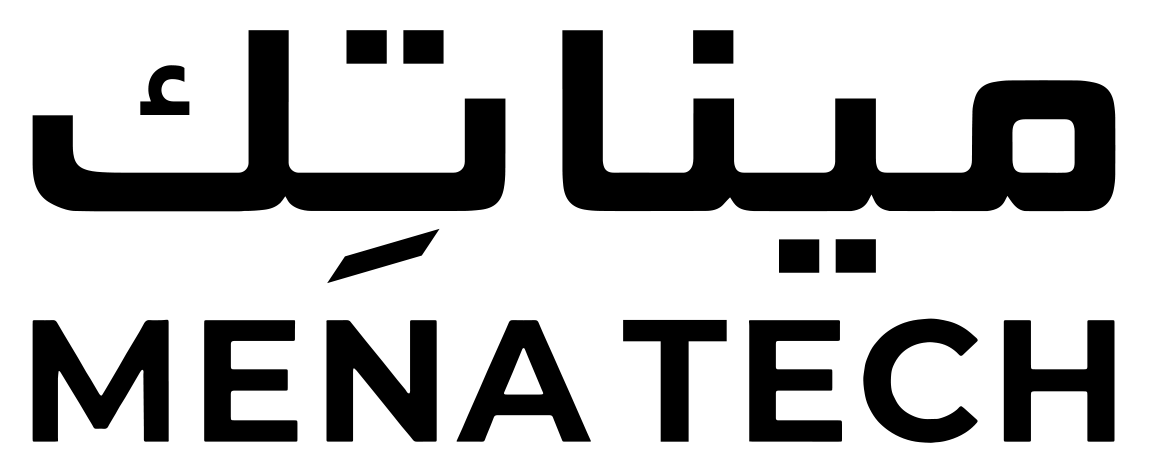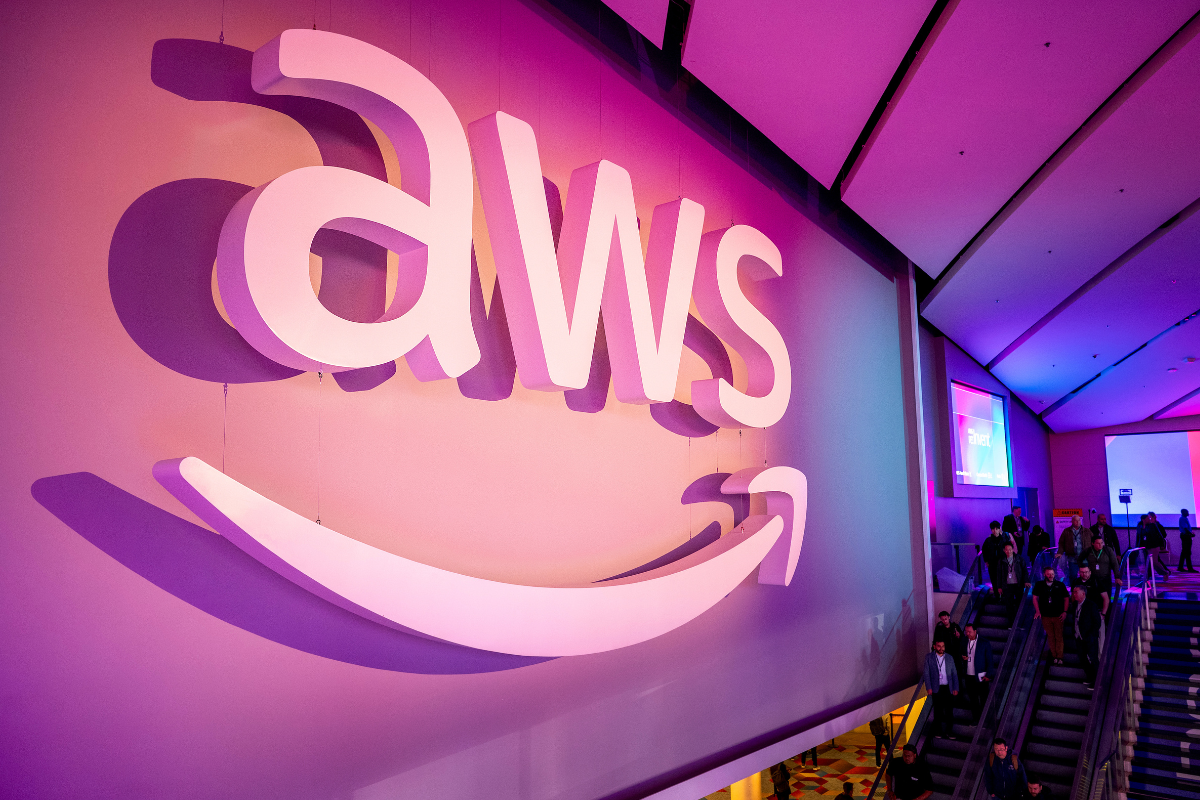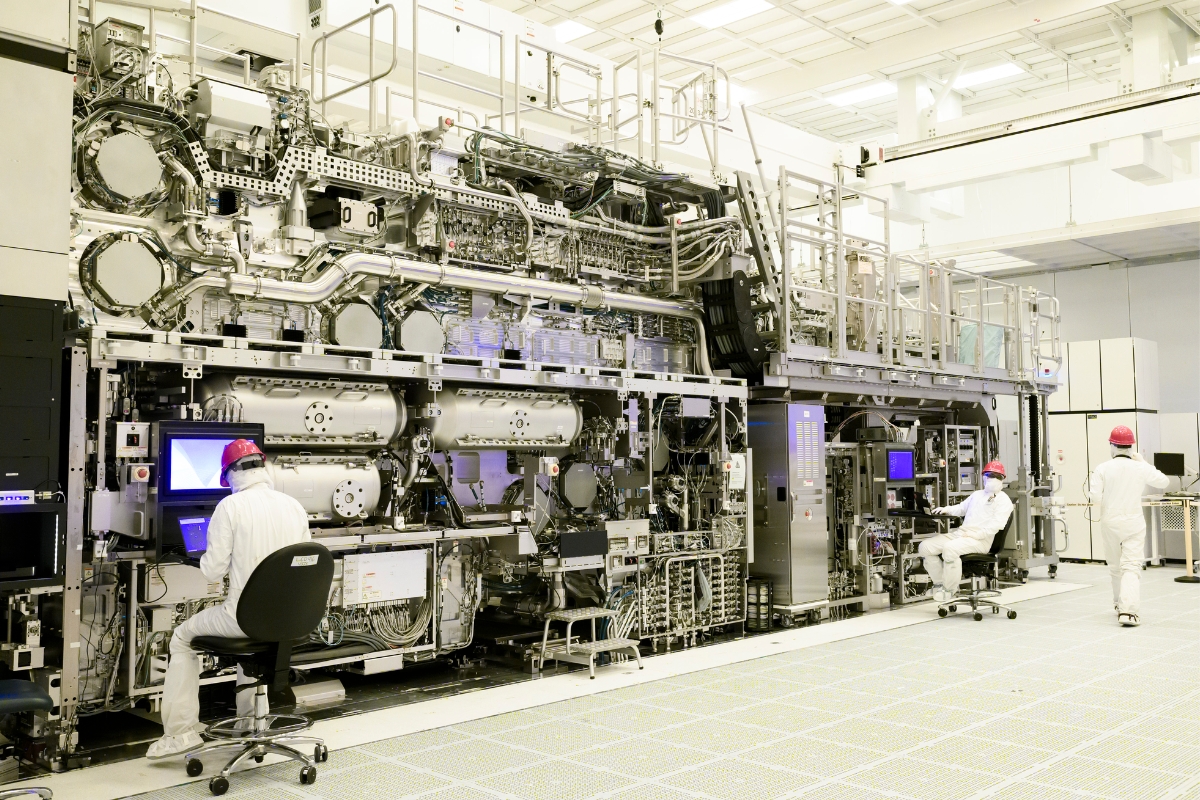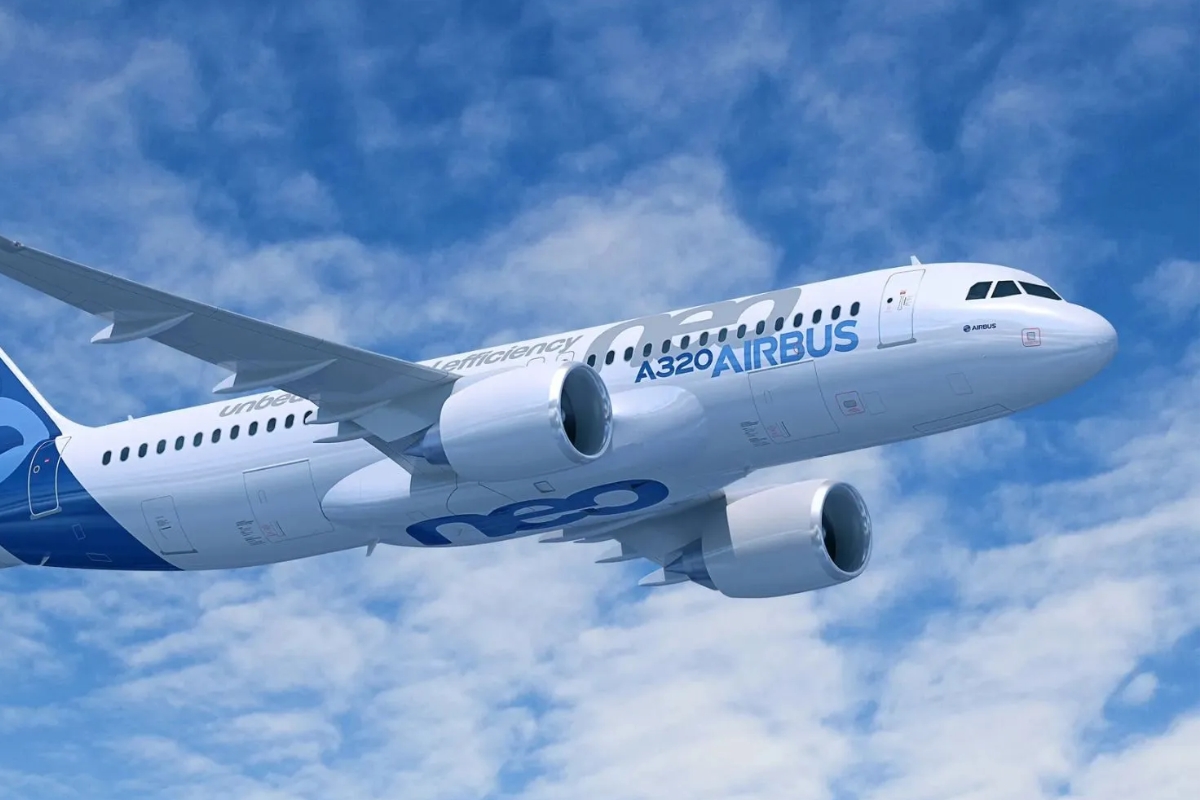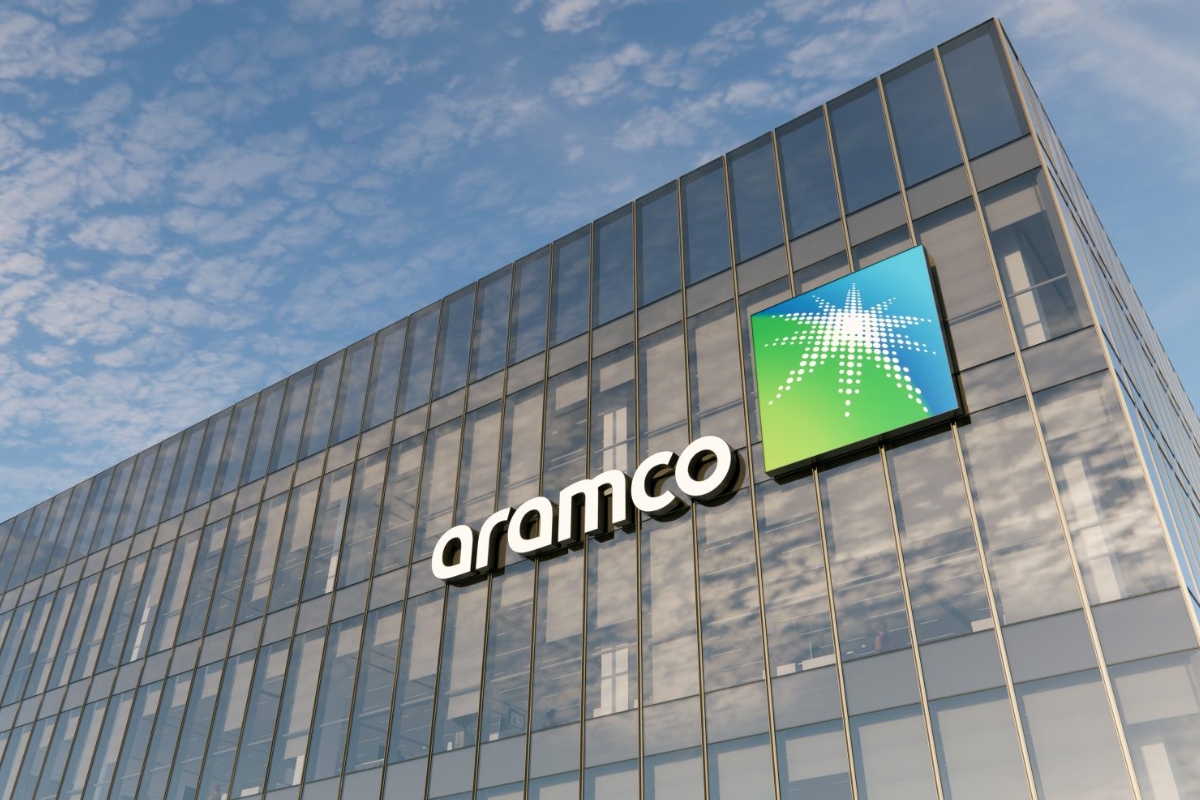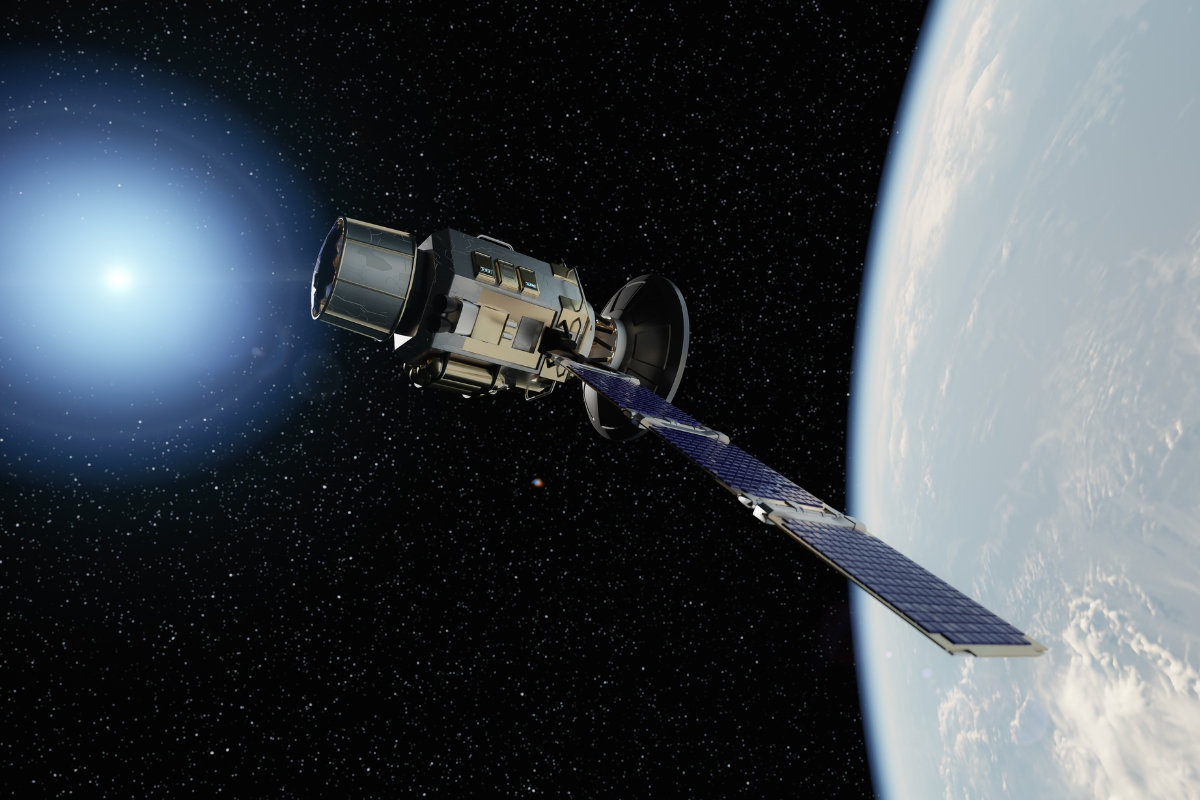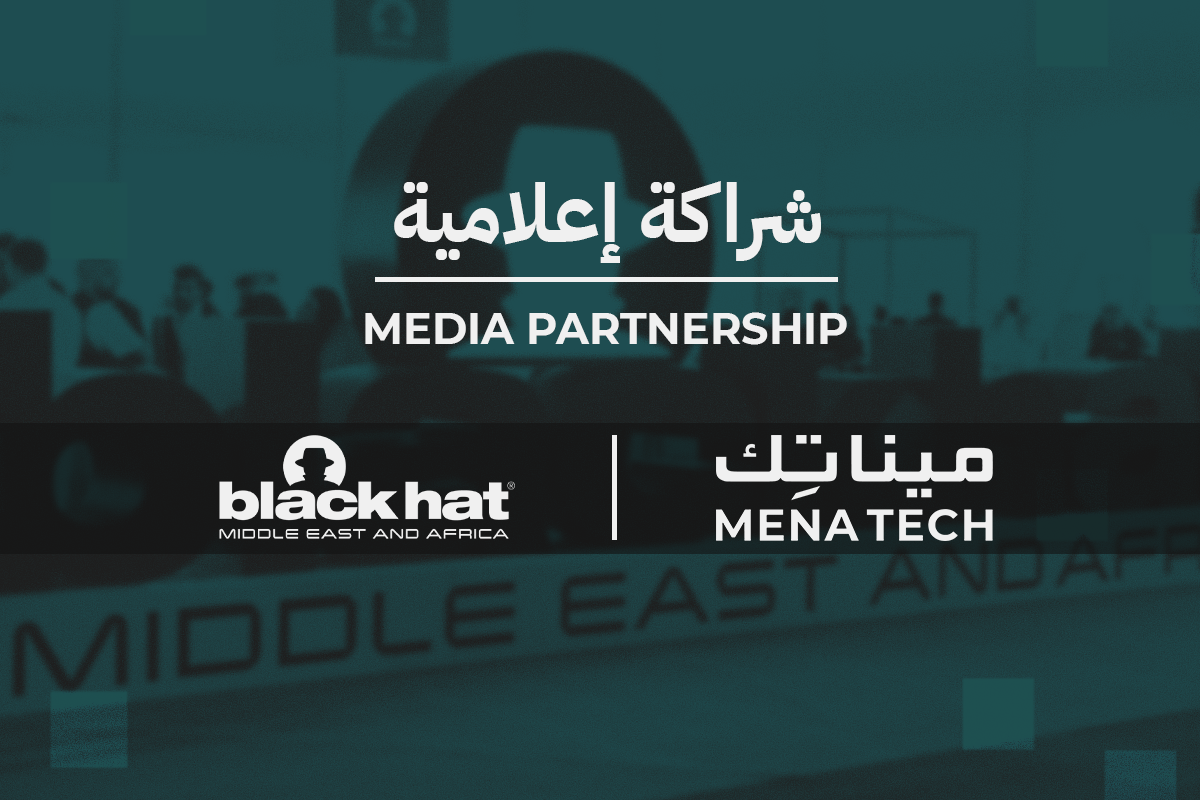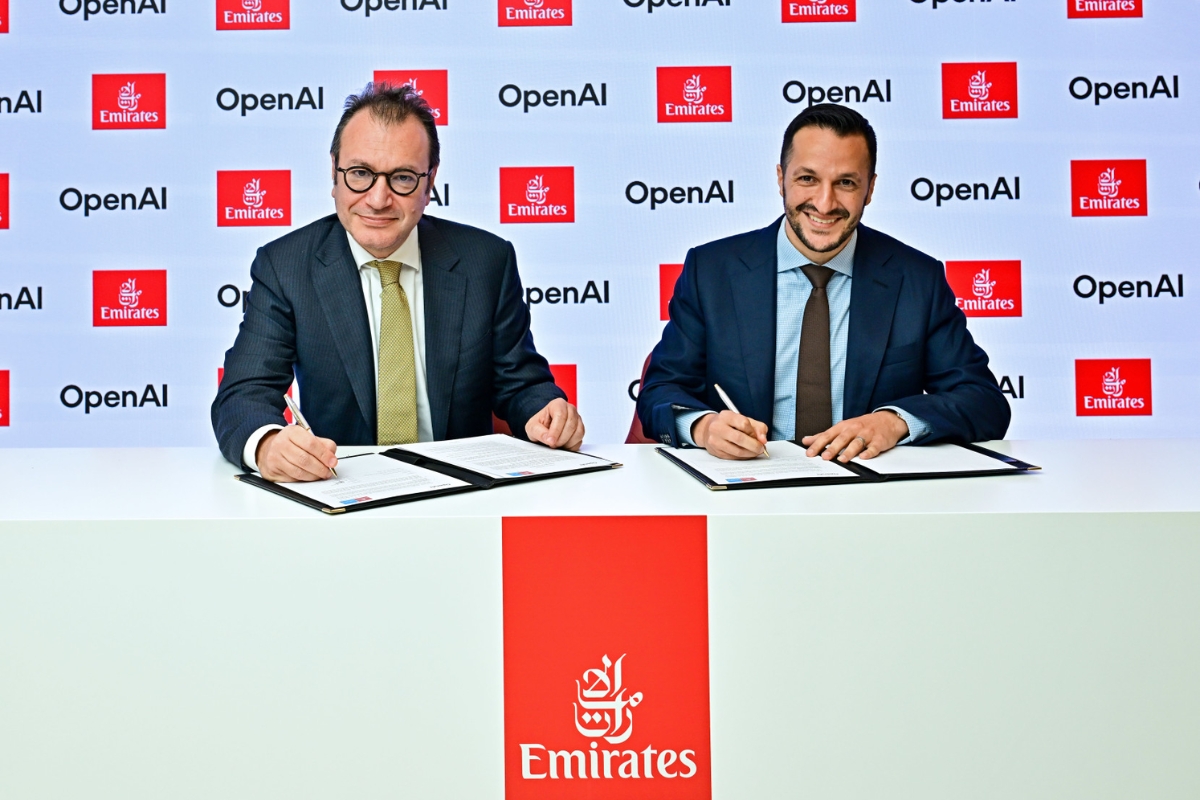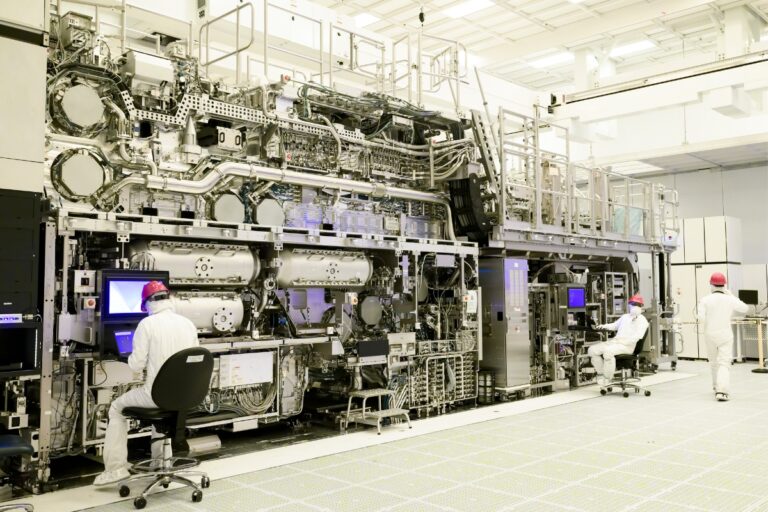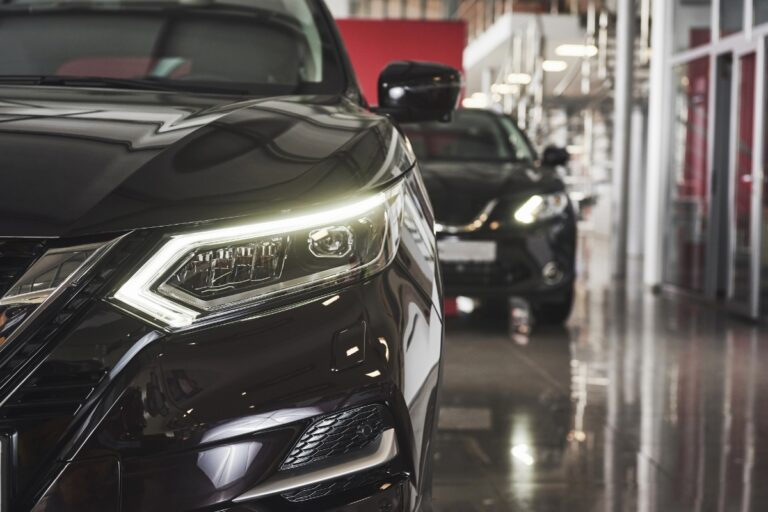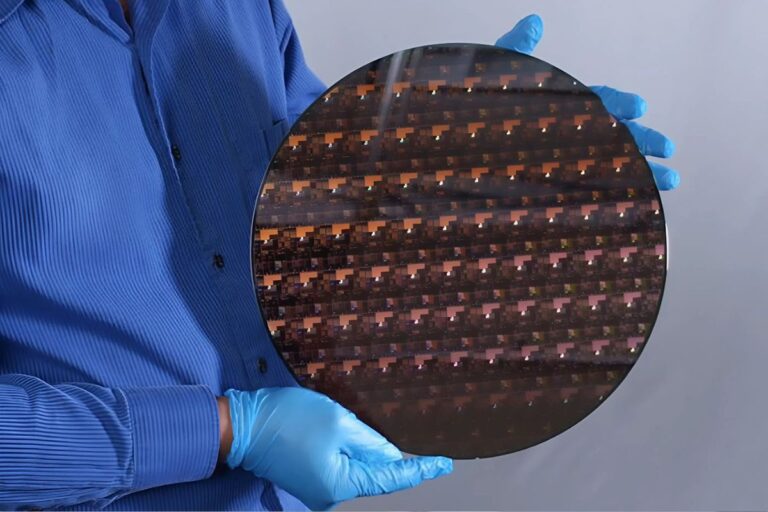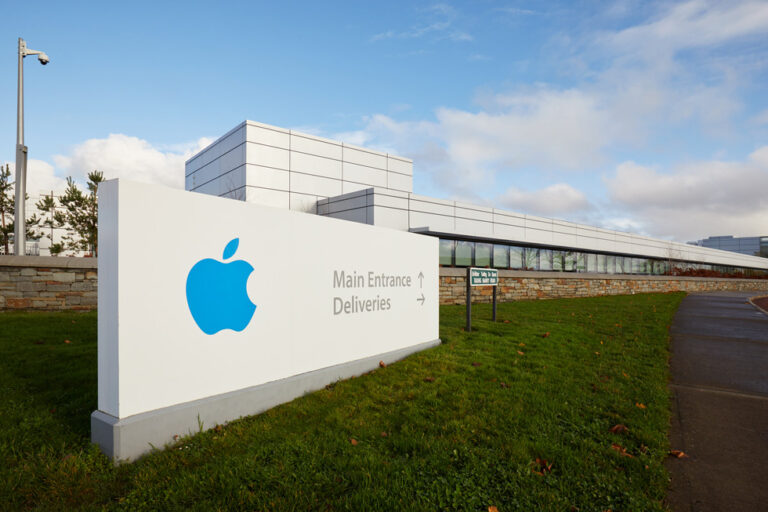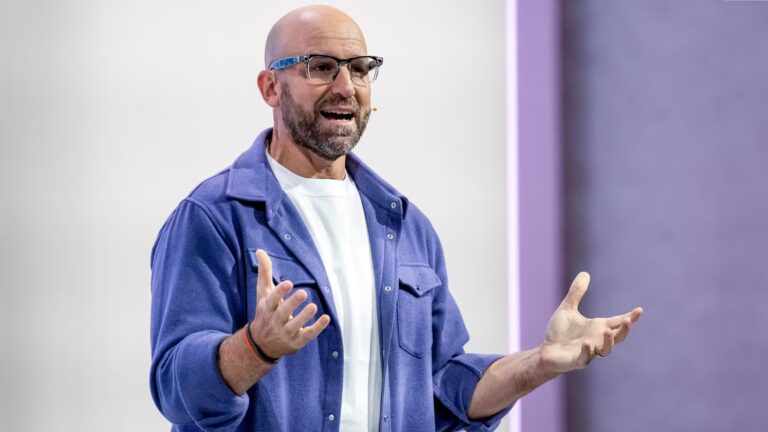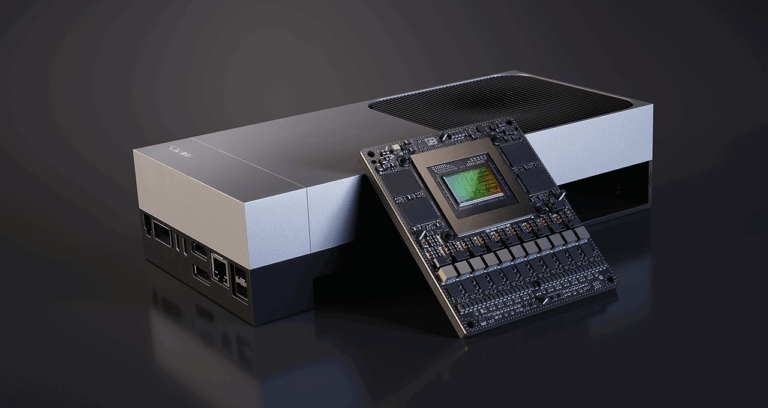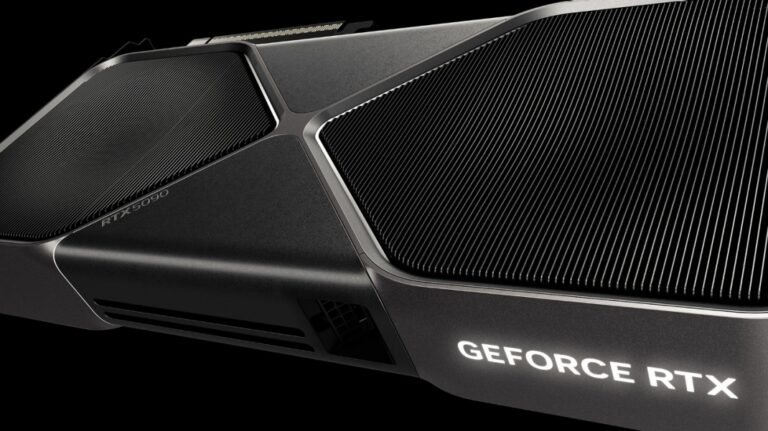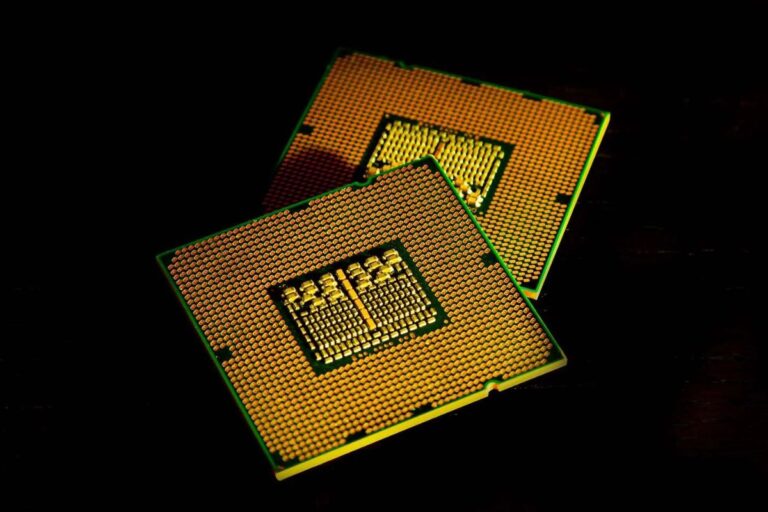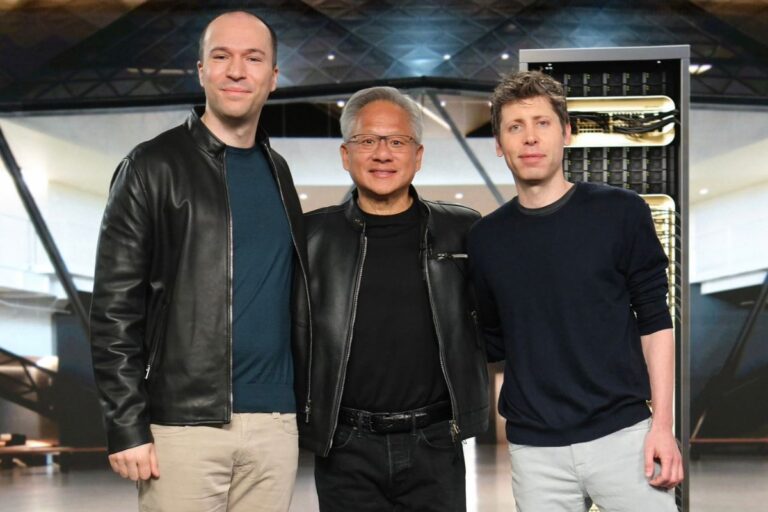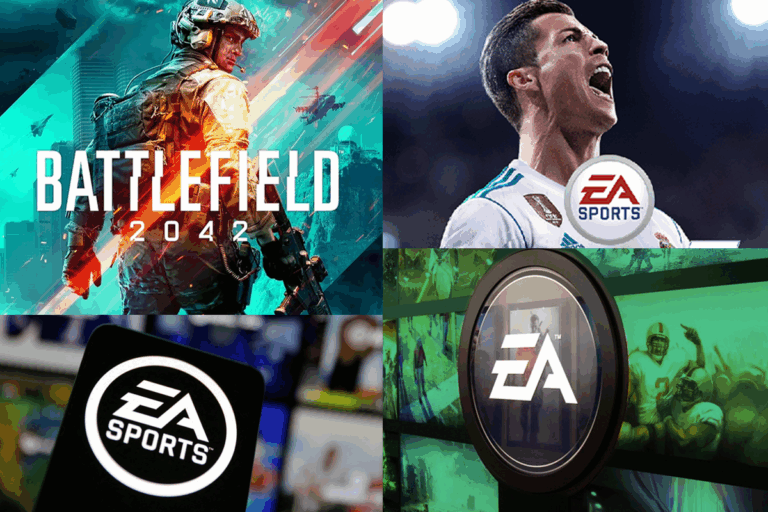Despite Billion-Dollar Deal with Nvidia, Intel Will Continue Developing Its Own Graphics Cards
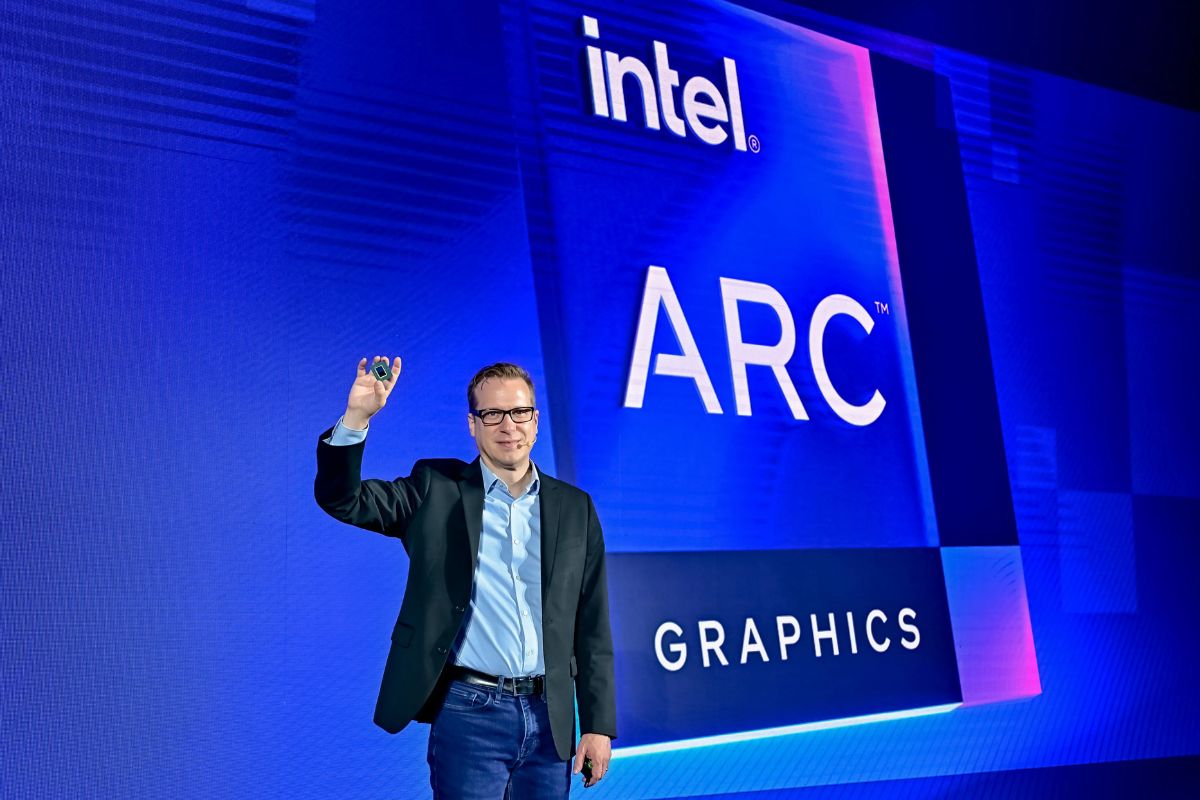
⬤ The partnership aims to co-develop integrated CPU-GPU products and expand reach across gaming and enterprise sectors.
⬤ Executives say Arc will continue as a standalone offering, with Nvidia-powered chips targeting high-end and integrated markets.
⬤ The deal positions Intel and Nvidia to challenge AMD’s unified architecture, keeping the graphics race a three-way contest.
Nvidia’s five-billion-dollar investment in Intel has taken clearer shape only hours after the initial announcement. In a joint press conference, Nvidia CEO Jensen Huang and Intel CEO Lip-Bu Tan explained that the partnership is designed to directly counter AMD’s growing market share. Intel executives also emphasized that the company’s Arc graphics line will continue despite the integration of Nvidia technologies, describing the deal as both a strategic collaboration and a reaffirmation of Intel’s ongoing commitment to its internal graphics division.
The partnership brings together Nvidia’s strengths in artificial intelligence and graphics with Intel’s established x86 processor platform, both long considered the cornerstones of the global markets for personal computers, gaming, and data centers. According to the two companies, the agreement is not driven by recent political developments or shifts in manufacturing alliances.
Huang was quick to dismiss speculation linking the deal to recent U.S. policy discussions or to any adjustments involving domestic production, TSMC partnerships, or a move away from Arm-based innovation. Instead, he explained that the goal is to address AMD’s competitive edge directly. AMD has steadily strengthened its position by offering devices that combine CPUs and GPUs in unified products across laptops, gaming consoles, and enterprise systems.
Under the agreement, Intel and Nvidia engineers will co-develop multiple generations of integrated products. These designs will embed small Nvidia GPU cores into Intel processors through NVLink connectivity. For Intel, which has struggled to maintain manufacturing leadership and market stability in recent years, the partnership offers essential production scale and a path to regain momentum.
For Nvidia, the motivations are equally pragmatic. The collaboration gives it deeper access to corporate and government clients who have traditionally relied on Intel’s hardware and software ecosystem. It also helps Nvidia close strategic gaps in sectors where combined CPU-GPU designs are becoming critical. The company reaffirmed its continued commitment to the Arm architecture for select product lines, clarifying that the Intel deal is an expansion rather than a replacement.
This dual-track approach has sparked questions about the future of Intel’s graphics ambitions. Before the announcement, the Arc series had carved out a modest presence in gaming, content creation, and edge computing. At first glance, integrating Nvidia GPUs into future Intel processors appears to threaten the viability of Arc. However, Intel executives have publicly reiterated that the Arc lineup “will continue,” with active development underway for the upcoming Battlemage and Celestial architectures.
Intel maintains that the collaboration is complementary rather than substitutive. Arc will remain focused on dedicated graphics solutions for gaming and AI workloads, while Nvidia-powered designs will serve integrated and high-end market segments.
Despite these assurances, industry observers remain divided. Some question whether Intel will retain the incentive to sustain Arc as an independent product family if Nvidia’s contributions become dominant in mainstream and enterprise segments. Concerns also persist about resource allocation as Intel continues its restructuring efforts and divests non-core units in its push to restore profitability.
For now, both companies are betting that their collaboration will deliver more powerful and efficient computing options for consumers and enterprises alike, ensuring that competition in the graphics market remains a three-way race.
